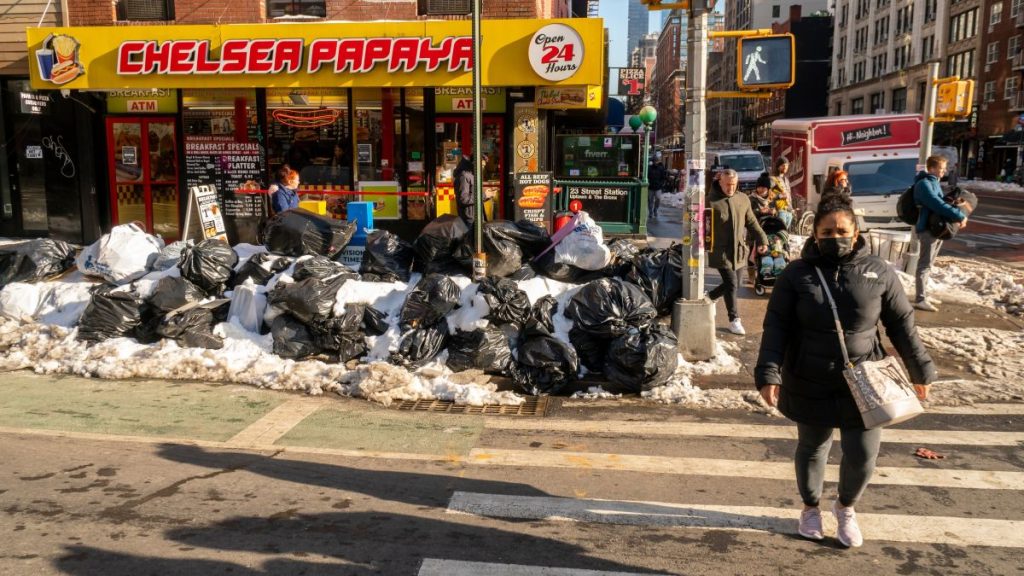There’s a fine line between NYC’s famously gritty charm and outright squalor. Philip argues that the city’s aging infrastructure, unreliable sanitation services, and weak enforcement of litter laws are part of a larger culture of urban decay, not just a quirk of its identity.
Others are reading now
New York’s Gritty Reputation Gets a Harsh Reality Check
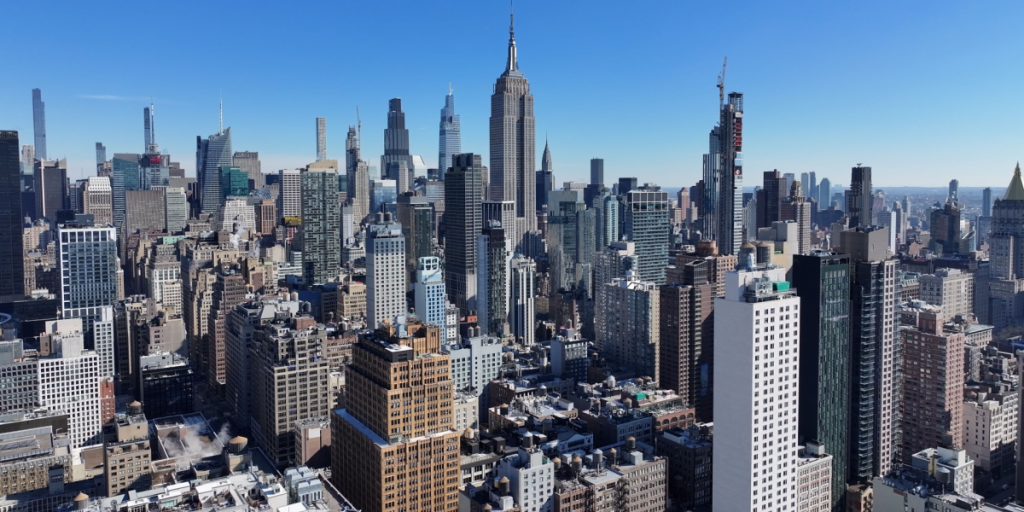
New York City has always worn its grit like a badge of honor. But a recent ranking by Oxi Fresh, a carpet cleaning company, labeled the New York-Newark-Jersey City metro area the dirtiest among America’s 35 largest metro regions, landing it a dismal grade of “D.” From air quality to rodent infestations, the city scored poorly across the board.
Why NYC Struggles to Keep Clean
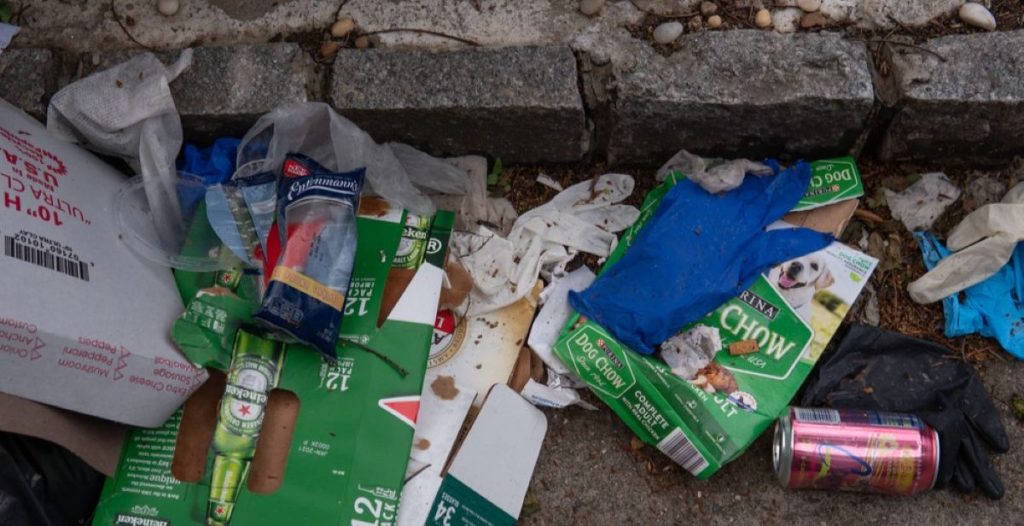
One reason for the city’s deep-rooted sanitation issues? A historic lack of back alleys. With nowhere to tuck away trash, bags are left on sidewalks, creating a feast for rats and an eyesore for residents. Despite ongoing clean-up efforts, that logistical limitation still haunts the city’s sanitation system.
New Rules, Fewer Rats?
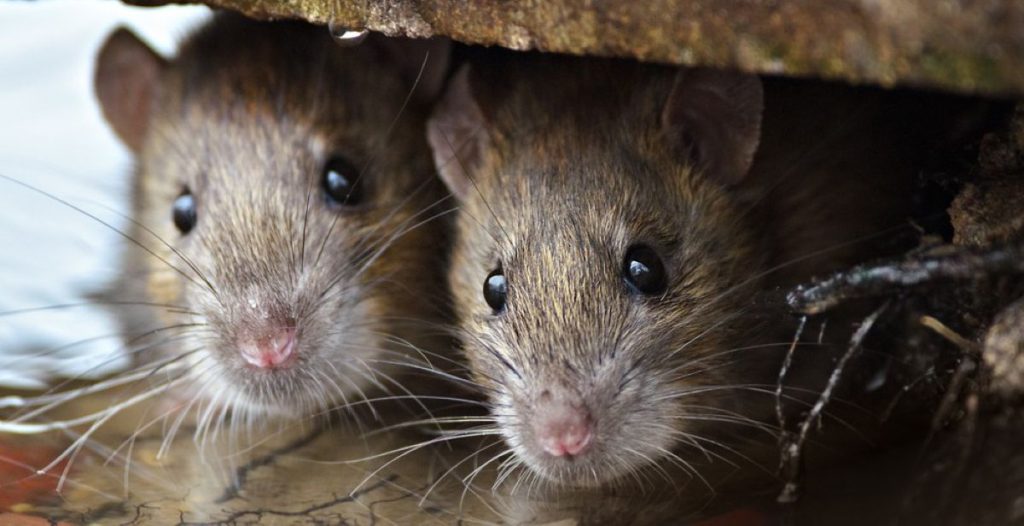
City officials have introduced new trash container mandates aimed at curbing rat sightings. According to the Department of Sanitation, 70% of New York’s waste is now stored in containers, including all food scraps. Rat sightings are reportedly down compared to last year, but the verdict on long-term improvement remains unclear.
Local Voices: ‘Not Surprised At All’
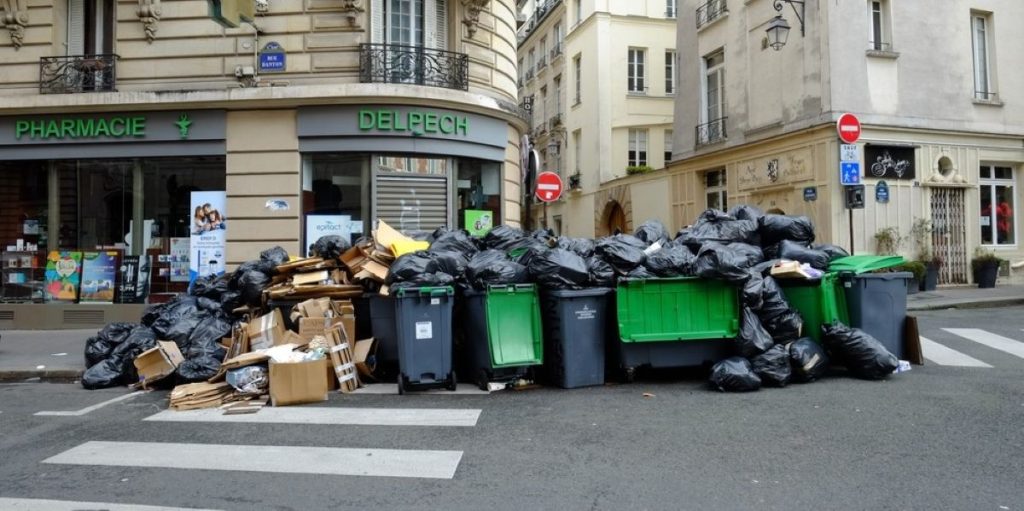
Brooklyn native Amore Philip, who has lived in the city for over three decades, told Newsweek that she wasn’t shocked by the dirty-city label. While she celebrates the city’s diversity and cultural vibrancy, she says sanitation has long been a glaring issue particularly in lower-income or highly populated neighborhoods.
Also read
The Problem Goes Beyond Resources
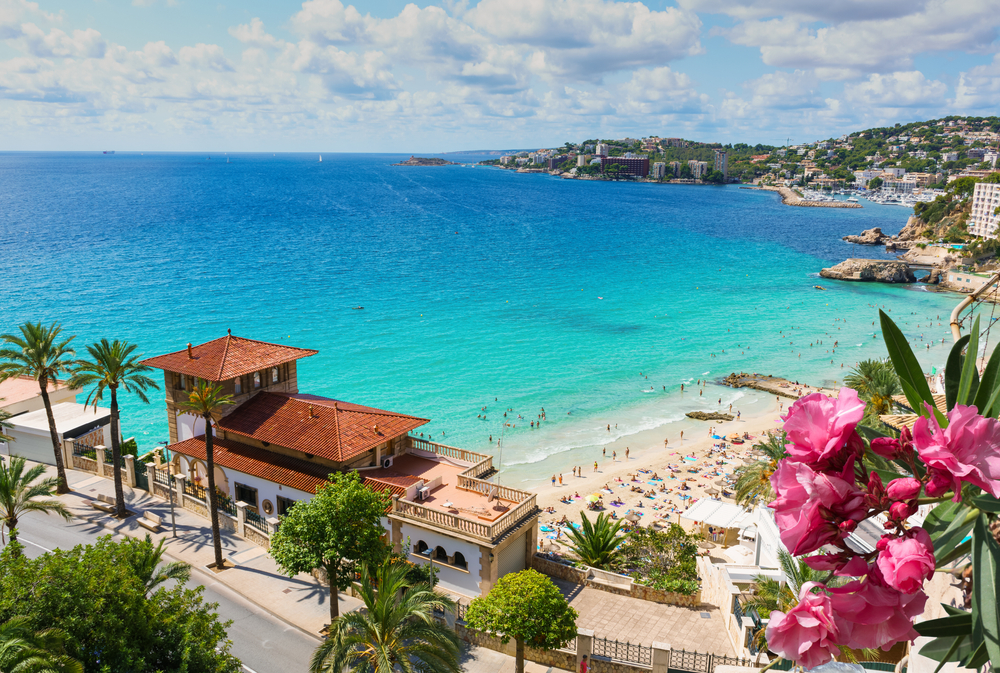
Philip, who runs Apples & Oranges Public Relations, believes that mindset and accountability play a major role. She points to her native Barbados, a developing country with far fewer resources, which maintains cleaner public spaces simply because citizens take pride in them.
A ‘Trash Revolution’ in Progress
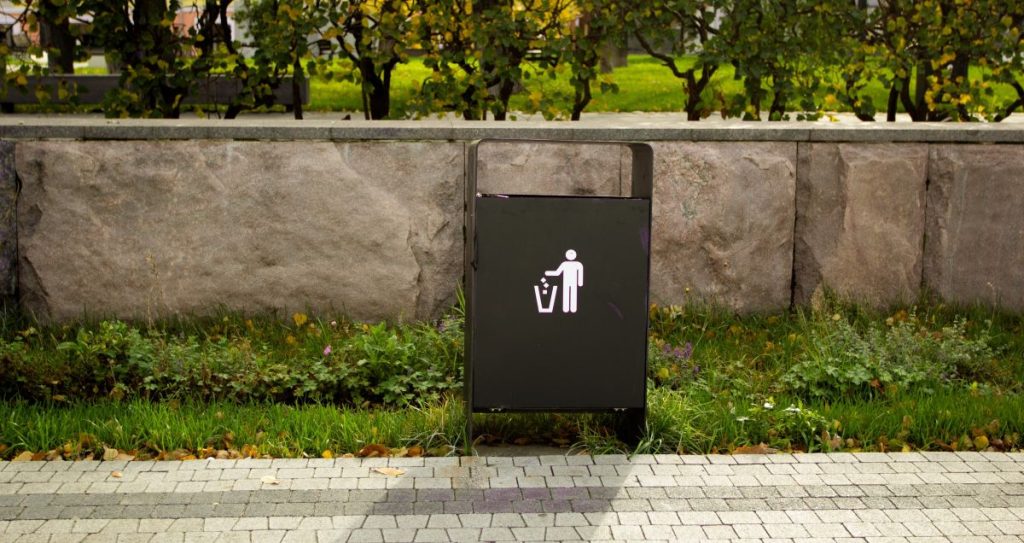
New York’s sanitation department claims it’s entering a “new era” of cleaner streets. With more than 1,100 new on-street trash containers installed outside large residential buildings, and complete containerization in West Harlem, the city says it’s committed to long-term solutions.
Sweeping New Rules for All Businesses and Homes
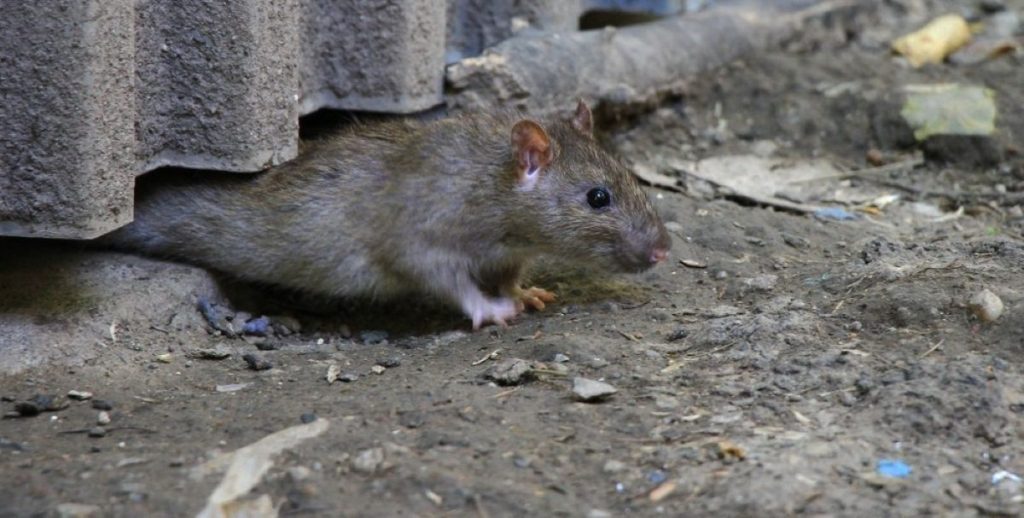
As of March 2024, every business in NYC is legally required to bin its trash. By November 2024, the same rule applied to all residential buildings with up to nine units. These policies are part of Mayor Eric Adams’ “Trash Revolution,” launched in 2022 to move garbage from sidewalks into sealed, rodent-resistant bins.
$32 Million Boost for a Cleaner Future
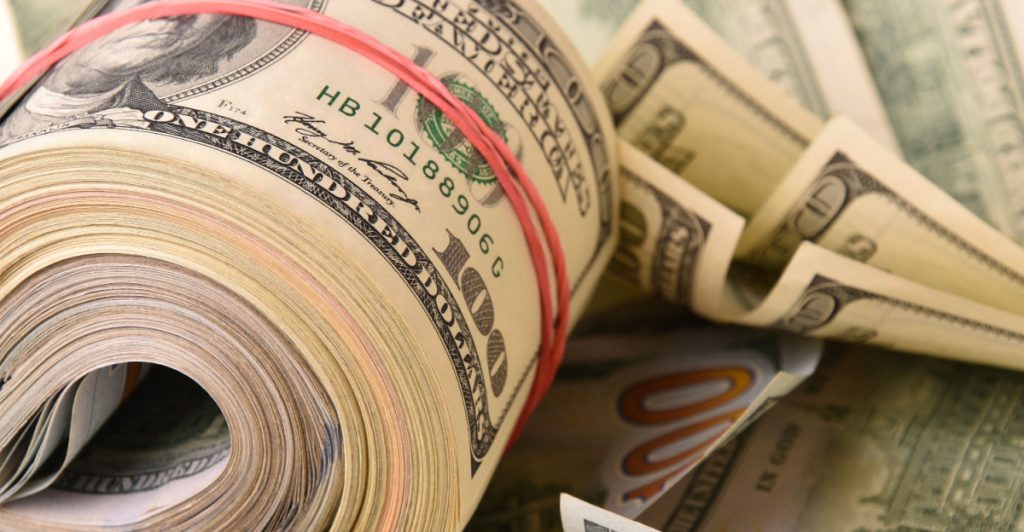
In May, Mayor Adams earmarked over $32 million in permanent funding for the city’s sanitation services. Officials say this investment will support cleaner neighborhoods for future generations, but some residents remain skeptical about how quickly change will come.
The Dog Waste Dilemma

Philip flagged dog waste as one of the city’s most visible and persistent issues. In many neighborhoods, sidewalks are littered with uncollected pet mess, adding to the perception of neglect. “It’s not just unpleasant, it’s unsanitary,” she said, noting that it discourages respect for public spaces.
The Line Between ‘Gritty’ and Gross
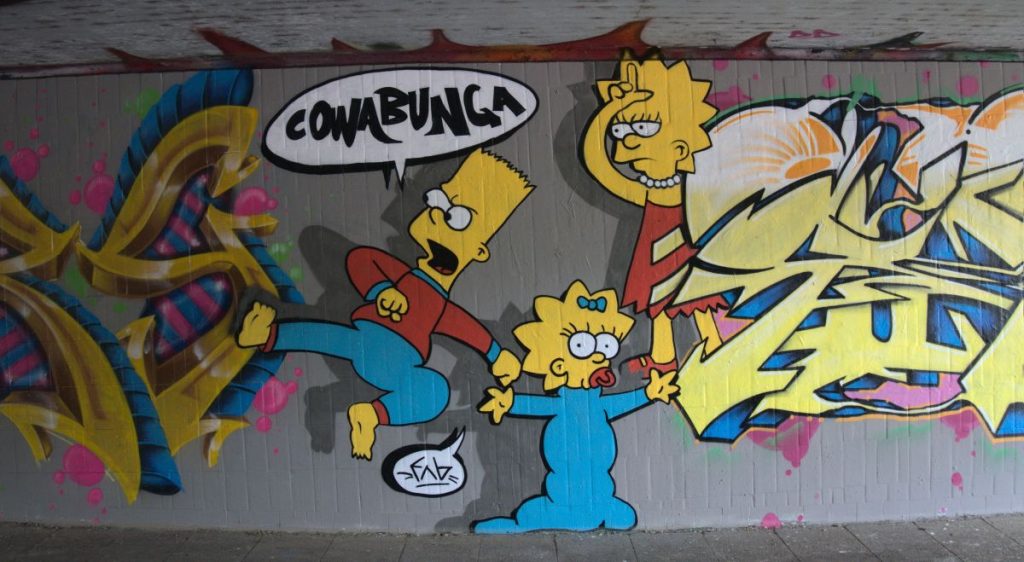
There’s a fine line between NYC’s famously gritty charm and outright squalor. Philip argues that the city’s aging infrastructure, unreliable sanitation services, and weak enforcement of litter laws are part of a larger culture of urban decay, not just a quirk of its identity.
Summertime Trash Woes Intensify
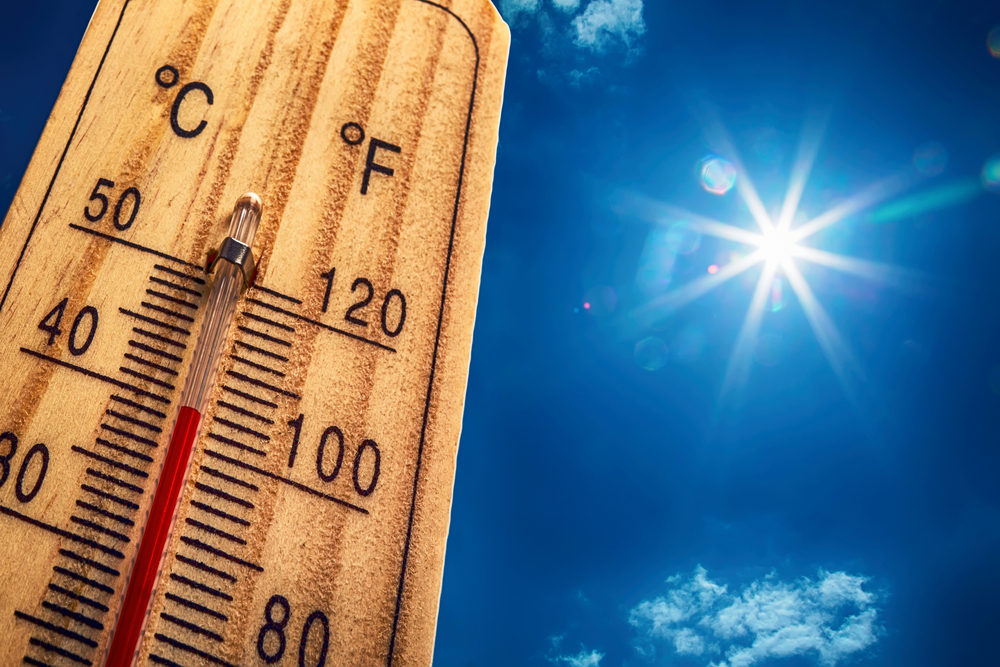
Summer only magnifies the city’s sanitation issues. Overflowing bins, reeking garbage, and swarming rats make the heat all the more unbearable in affected neighborhoods. “It’s a quality of life issue,” Philip said, and one that disproportionately impacts certain areas.
Even Businesses Are Feeling the Impact

The city’s cleanliness, or the lack thereof, doesn’t just affect residents. Philip says the state of the streets has forced her to adjust how she runs her business, particularly when planning events or promotional shoots. “First impressions matter, and right now, New York’s streets send the wrong one.”
A Call for Cultural Change
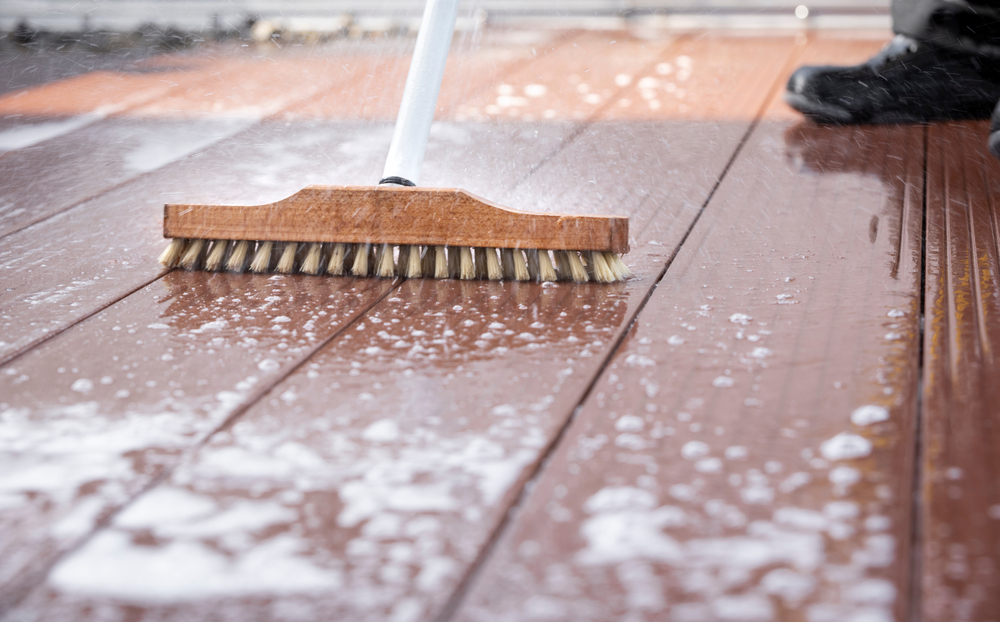
Ultimately, Philip believes a cleaner city won’t come from policy alone, it needs a cultural shift. “People have to care,” she said. Whether it’s cleaning up after your dog or refusing to litter, real change starts with New Yorkers themselves.

